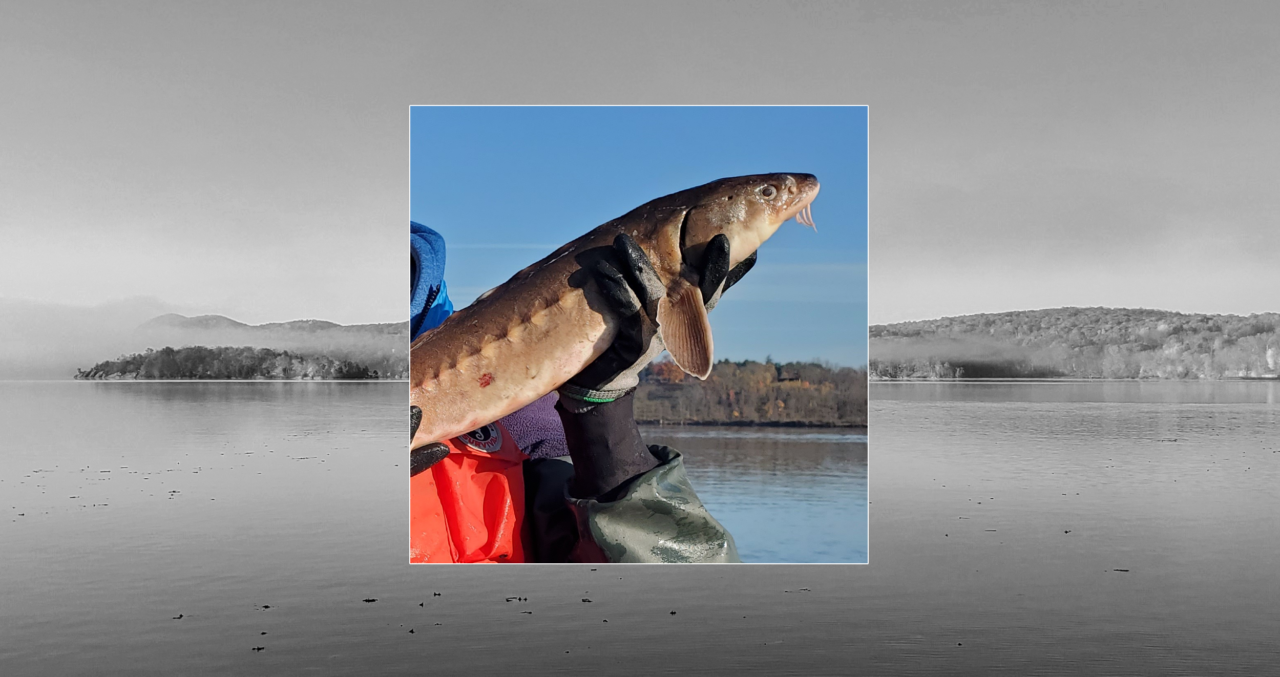Freshwater Fish Monitoring

Our freshwater research aims to progress from detecting species presence to understanding patterns, like seasonality or ecological behavior. Unlike the double-digit species of some of the other taxa we study, the 36,000 species of fish make it difficult to identify and monitor each by sound. We often encounter unknown sounds, requiring inference and interpretation to identify species or patterns.
Classifying sounds
We’re working in several areas and with certain taxa (like the Atlantic Sturgeon in the Hudson River that haven’t recovered despite decades of protection) to identify and document unique markers.
Documenting Presence
With individual species identified by sound, we can do things like track populations over time, monitor remote locations, interpret spatial habitat use around areas like spawning grounds, or document seasonality in high and low water periods.
One of the other advantages of bioacoustics over some of the more traditional fish sampling methodologies like telemetry tags, which require swimming by a receiver, or gill netting is that we have access to another layer of information if we know the behavioral context of the sound production.
Diversity
Passive acoustic monitoring picks up the whole environment’s sound, from aquatic macroinvertebrates to seasonal fish populations (and even nearby trains). Documenting diversity gives us a big picture of the ecosystem even if we didn’t know what to look for, and allows us to hone in on something like an indicator species to understand more about the ecosystem’s health.
Education & Outreach
We’re also collaborating with educators from the New York State Department of Environmental Conservation (DEC) and the Water Resources Institute (WRI), who work at the New Point Environmental Center in New York, to use bioacoustic data, curated sounds, and visualizations from our research to create materials for various educational levels, from elementary through college. This project aims to make the acoustic data accessible and engaging, allowing students and the public to appreciate the biodiversity of the estuary without needing to interpret complex scientific data, such as spreadsheets or charts.
Collaborators
Alexander Flecker, EEB, Cornell University
Patrick Baker, US Military Academy (West Point)
Maija Niemisto – NYS WRI, NYSDEC, Hudson River National Estuarine Research Reserve
Christopher Bowser – NYS WRI, NYSDEC, Hudson River National Estuarine Research Reserve
Suresh Sethi – CUNY Brooklyn College
Amanda Higgs – NYS WRI, NYSDEC
Richard Pendleton – NYS WRI, NYSDEC
Dewayne Fox – Delaware State University